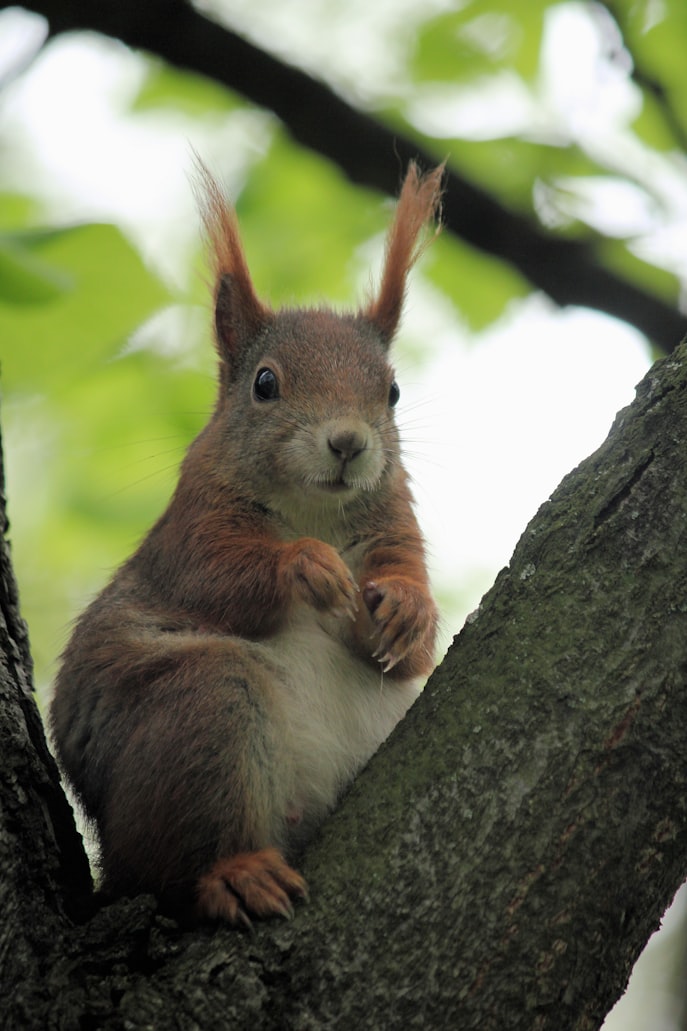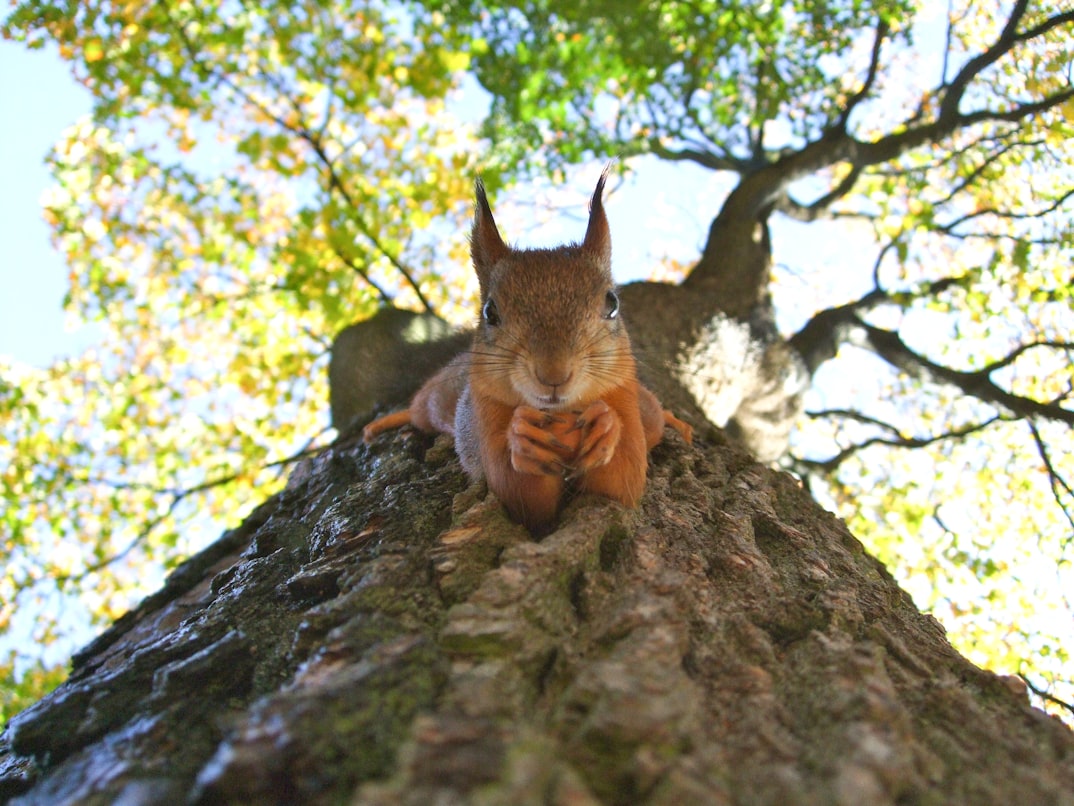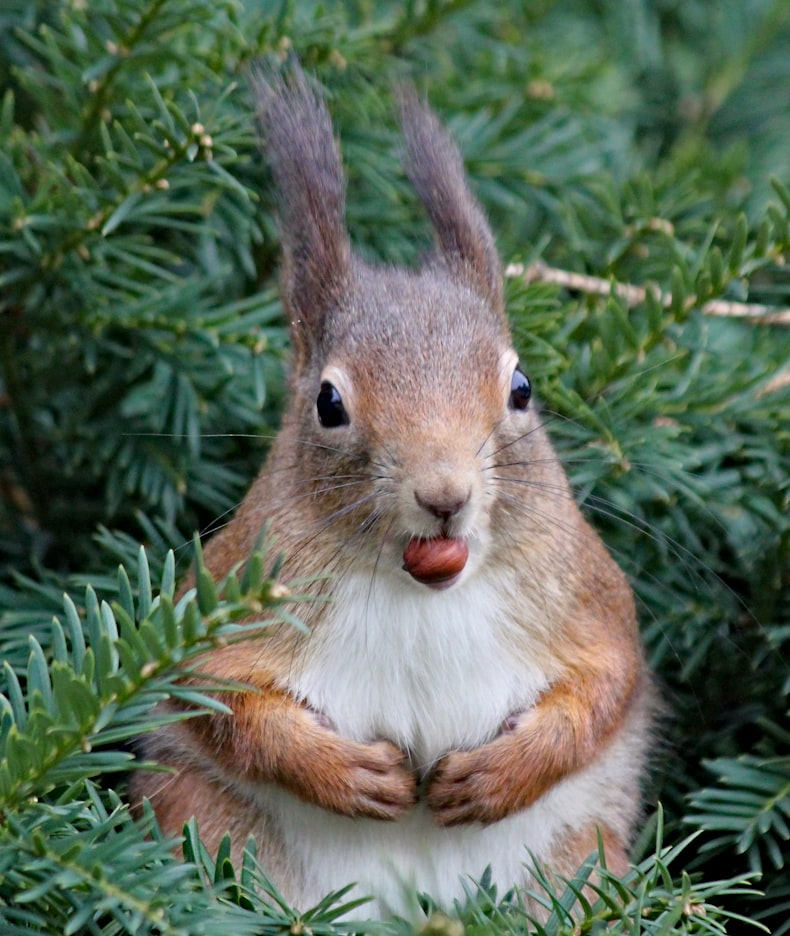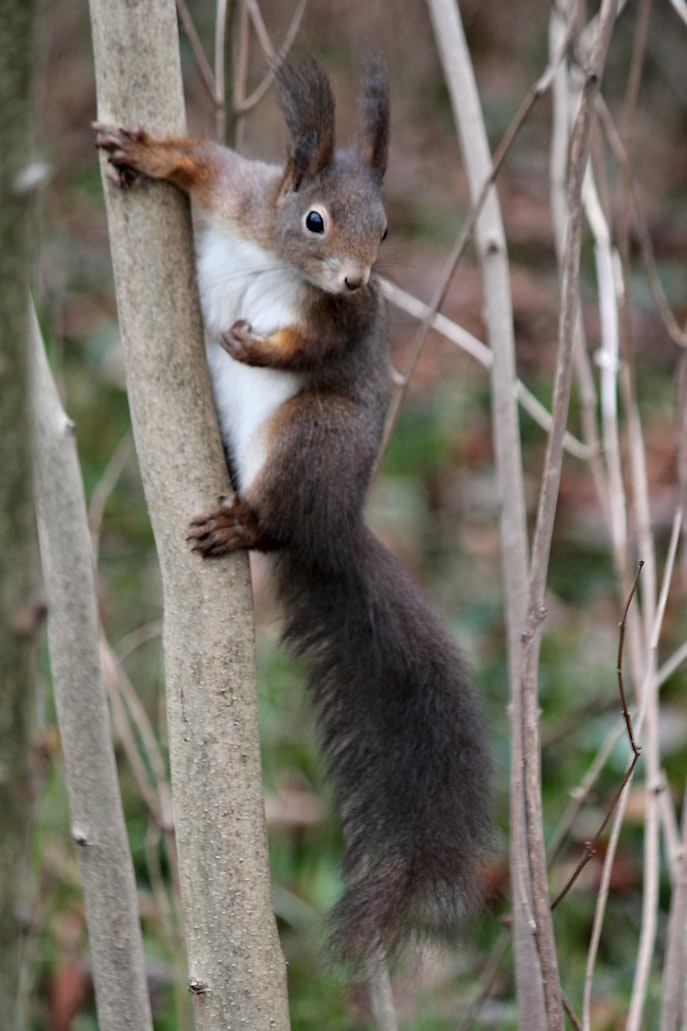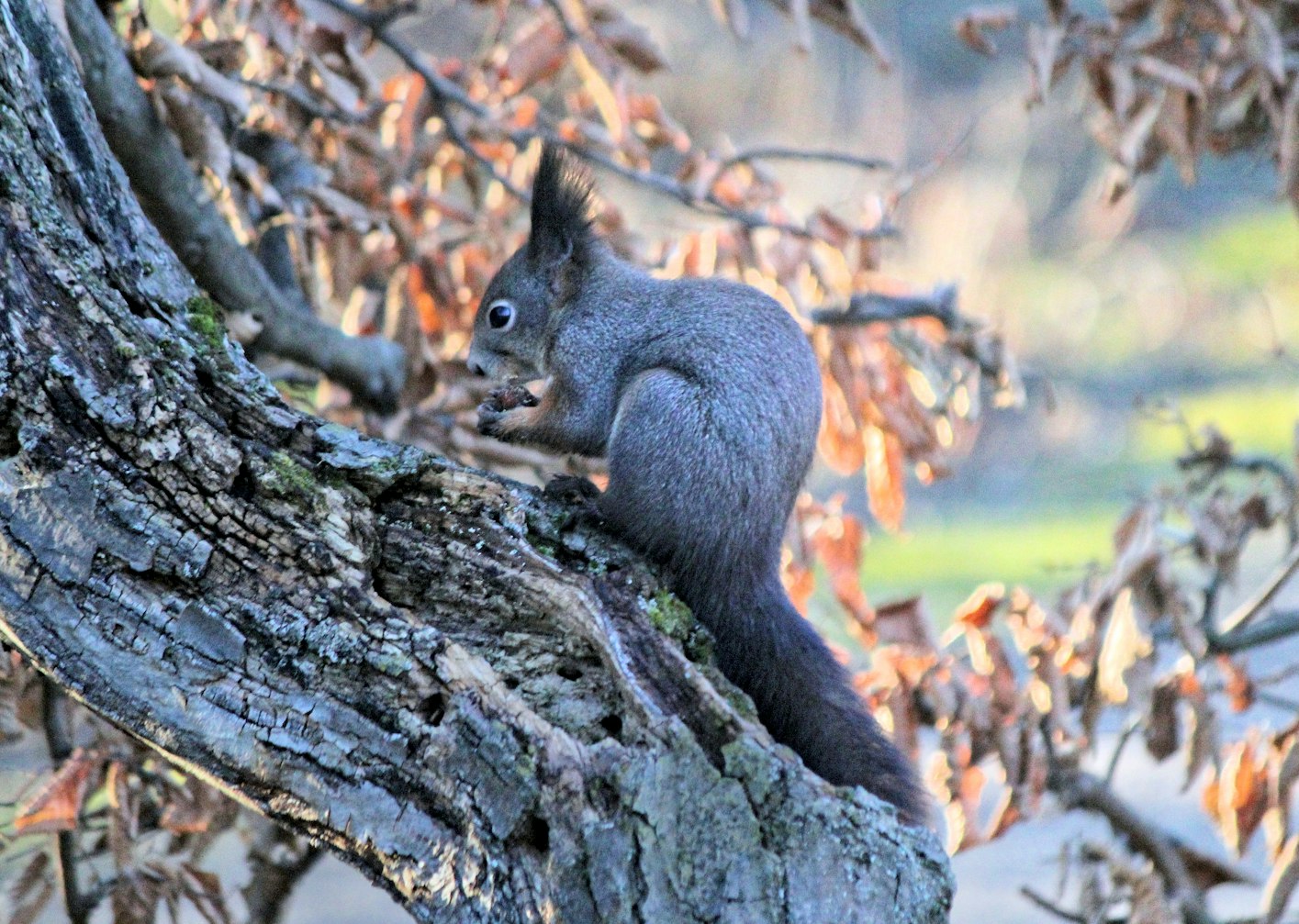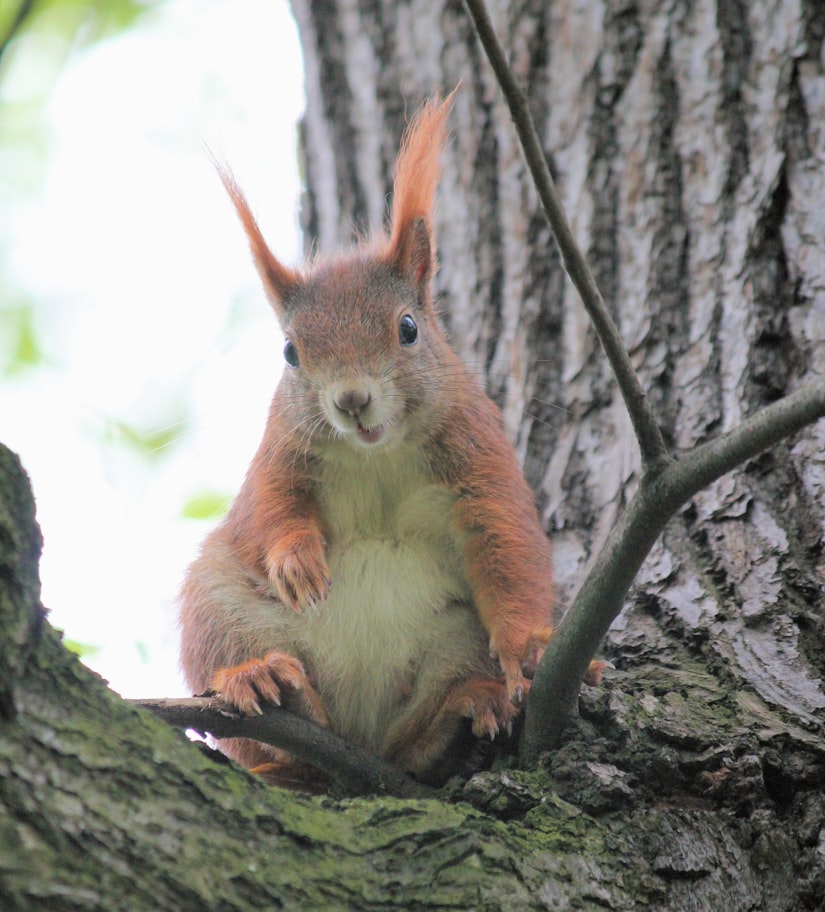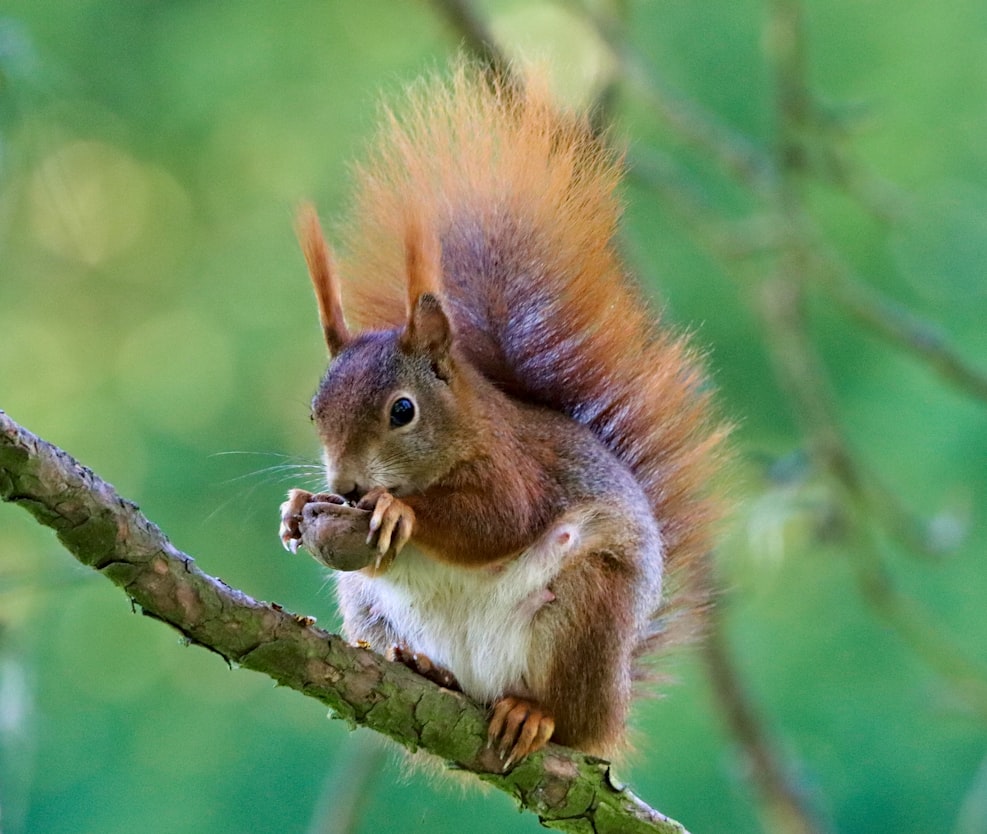Discovering the Fascinating World of Squirrels: From Tree-Dwellers to City-Dwellers
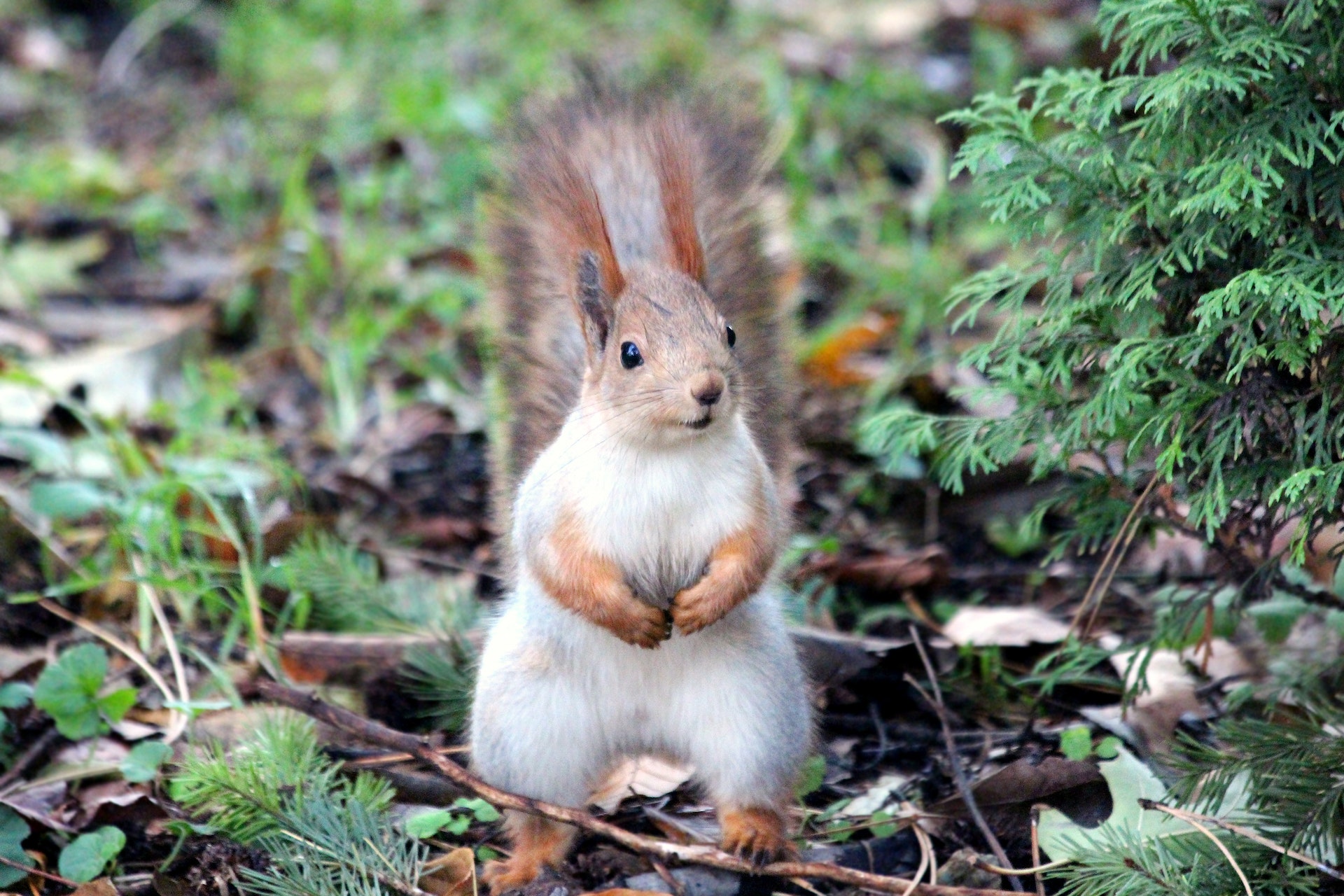
Squirrels are some of the most common and beloved animals in the world, with their bushy tails, nimble movements, and playful behavior. While many people may view squirrels as just another backyard critter, they are actually fascinating creatures with a rich history and unique adaptations.
In this article, we’ll explore the fascinating world of squirrels, from their evolution and behavior to their important role in our ecosystem.
The Evolution and Diversity of Squirrels
Squirrels are part of the rodent family, which includes over 2,000 different species. The earliest known squirrel-like creatures lived over 35 million years ago, and over time, they evolved into the diverse group of species that we know today.
Today, there are over 200 species of squirrels, ranging in size from the tiny African pygmy squirrel to the large Indian giant squirrel. These species have adapted to a wide variety of environments, including forests, deserts, and even urban areas.
The evolution and diversity of squirrels is a testament to their adaptability and resilience, as well as their important role in the ecosystem.
Squirrels as Tree-Dwellers: Adaptations for Life in the Canopy
Many species of squirrels are adapted for life in the trees, with specialized physical characteristics that allow them to climb, jump, and glide through the canopy. These adaptations include sharp claws for gripping tree bark, long tails for balance, and even flaps of skin that allow some species to glide from tree to tree.
In addition to their physical adaptations, tree-dwelling squirrels also have unique social behaviors that help them to survive in their environment. For example, some species will build communal nests or “dreys” that are shared by multiple individuals.
Overall, the adaptations of tree-dwelling squirrels are just one of the many fascinating aspects of their biology and behavior.
Squirrels as City-Dwellers: How They Adapt to Urban Environments?
As human populations continue to grow and expand, many species of animals are forced to adapt to life in urban environments. Squirrels are no exception, and many species have successfully adapted to life in cities and suburbs.
Some of the adaptations that city-dwelling squirrels have developed include an increased tolerance for noise and human presence, as well as a preference for certain types of food that are commonly found in urban areas. Additionally, some species have even been known to use man-made structures such as telephone poles and buildings as part of their habitat.
The ability of squirrels to adapt to urban environments is a testament to their resilience and adaptability, as well as their important role in our world.
The Role of Squirrels in the Ecosystem
Squirrels play an important role in the ecosystem, both as predators and prey. As predators, squirrels help to control populations of insects and other small animals. As prey, squirrels provide a valuable source of food for other animals such as birds of prey and carnivorous mammals.
In addition to their role in the food chain, squirrels also help to disperse seeds and contribute to the health of forest ecosystems. By burying and caching nuts and other food items, squirrels inadvertently help to plant new trees and other plant species.
Overall, the role of squirrels in the ecosystem is just one of the many important roles that these amazing creatures play in our world.
The Surprising Intelligence and Behavior of Squirrels
Despite their small size, squirrels are surprisingly intelligent and complex creatures with a wide range of behaviors and social interactions. For example, some species of squirrels have been known to use deception and misdirection to protect their food caches from other squirrels.
Additionally, squirrels have been observed engaging in play behavior, such as chasing and wrestling with each other. This type of behavior is not only fun and entertaining to watch, but it also serves an important purpose in the development and socialization of young squirrels.
Overall, the intelligence and behavior of squirrels is just one of the many fascinating aspects of their biology and ecology.
The Relationship Between Squirrels and Humans
Squirrels have a long and complex relationship with humans, dating back thousands of years. In some cultures, squirrels are viewed as symbols of luck, while in others, they are viewed as pests or even threats.
In modern times, squirrels have become a common sight in many urban and suburban areas, and are often viewed as beloved backyard critters. However, their presence can also cause issues such as damage to property or even transmission of diseases such as Lyme disease.
Overall, the relationship between squirrels and humans is a complex and multifaceted one, with both positive and negative aspects.
The Misconceptions and Myths Surrounding Squirrels
Despite their importance and prevalence in our world, squirrels are often misunderstood and subject to many myths and misconceptions. For example, many people believe that squirrels hibernate during the winter, when in fact they are active all year round.
Additionally, squirrels are sometimes viewed as pests or nuisances, when in reality they play an important role in our ecosystem and are beloved by many people.
Overall, dispelling myths and misconceptions about squirrels is an important step in understanding and appreciating these amazing creatures.
And, finally, to conclude.
Squirrels are truly fascinating creatures that have adapted to a wide variety of environments and lifestyles. From their unique physical adaptations to their important role in the ecosystem, squirrels play a vital role in our world. By learning more about these amazing creatures, we can gain a better appreciation for the diversity and complexity of life on our planet.
